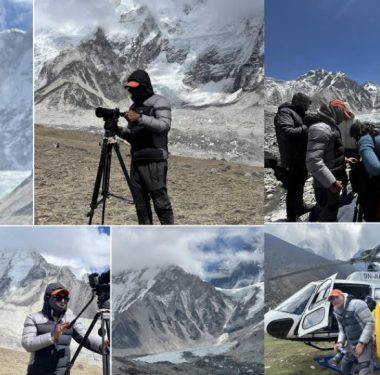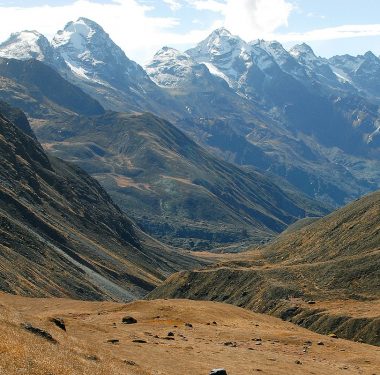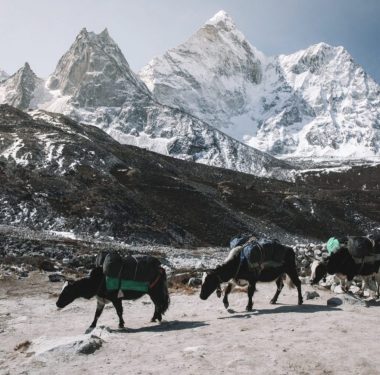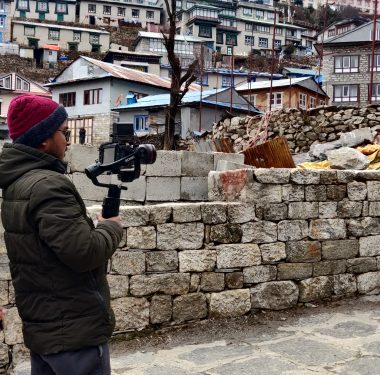Filming in Everest presents a unique set of challenges and opportunities due to its extreme altitude, harsh weather conditions, and remote location. Here’s a guide on how to approach filming in Everest:
- Permits and Permissions:
Obtain the necessary permits and permissions for filming in the Everest region. This includes permits from the Nepalese government, National Park authorities, and any other relevant agencies. Consult with local authorities and experts to understand the regulations and requirements for filming in the area. - Safety Preparations:
Prioritize safety for the cast and crew. Work with experienced mountaineers, guides, and rescue personnel who are familiar with the challenges of filming at high altitudes. Ensure that everyone undergoes proper acclimatization and receives training on altitude sickness prevention and emergency procedures. - Logistics and Supplies:
Plan meticulously for logistics, considering the transportation of equipment, food, water, and other supplies to base camps and filming locations. Prepare for the extreme cold and high altitude by bringing appropriate clothing, gear, and medical supplies. Helicopters are often used to transport equipment and crew to higher elevations. - Crew Selection:
Hire a crew with experience in extreme environments, including cinematographers, camera operators, sound technicians, and production assistants who are accustomed to working in challenging conditions. Consider hiring local Sherpas and guides who have intimate knowledge of the terrain and can provide invaluable assistance. - Equipment:
Use lightweight and durable filming equipment that can withstand the harsh conditions of Everest. Consider the challenges of power supply and battery life at high altitudes. Backup equipment and redundancy plans are essential in case of equipment failure. - Weather Monitoring:
Stay vigilant about weather conditions, which can change rapidly in the Everest region. Have contingency plans in place for adverse weather, including delays in filming or evacuation if necessary. - Environmental Considerations:
Respect the fragile ecosystem of Everest and minimize your environmental impact. Follow Leave No Trace principles, properly dispose of waste, and adhere to regulations regarding waste management and conservation. - Cultural Sensitivity:
Be mindful of the cultural significance of Everest to the local Sherpa community and other indigenous groups. Seek permission before filming in sacred sites or areas of cultural importance, and respect local customs and traditions. - Documentation:
Document your filming activities thoroughly, including permits, contracts, and agreements with local stakeholders. Keep detailed records of expenses, logistics, and safety procedures for reference and compliance purposes.
Filming in Everest can be a rewarding but challenging endeavor. By carefully planning and preparing for the unique conditions of the region, you can capture stunning visuals and tell compelling stories while ensuring the safety and well-being of your crew and respecting the natural and cultural heritage of the area.





